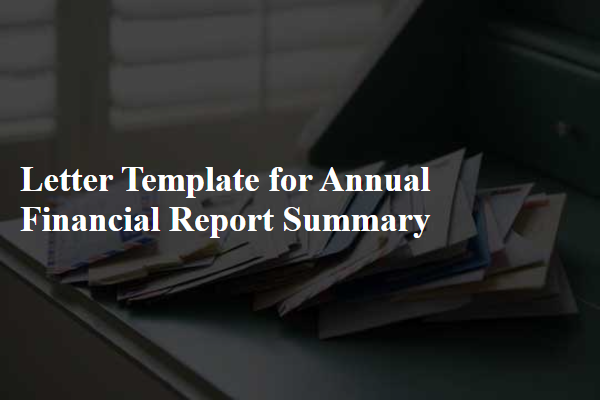As the year draws to a close, many of us are thinking about how to maximize our tax savings before the next tax season rolls around. This is the perfect time to evaluate your financial situation and consider strategies that could benefit you in the long run. With a little bit of planning, you can significantly reduce your taxable income and make the most of the deductions available to you. So, let's dive into some year-end tax planning tips that could help you keep more of your hard-earned money!

Personalized client information
Year-end tax planning is crucial for maximizing deductions and minimizing liabilities. Effective strategies include utilizing tax-advantaged accounts, such as Health Savings Accounts (HSAs) or Individual Retirement Accounts (IRAs), which allow for pre-tax contributions that reduce taxable income. Charitable contributions can provide significant deductions; donations to qualified 501(c)(3) organizations are deductible if proper documentation is maintained. Evaluating capital gains and losses is essential; selling underperforming assets before December 31 can offset gains and lower overall taxable income. Business owners should assess expenses and consider equipment purchases that qualify for Section 179 deductions, allowing for immediate expense deductions rather than depreciation over time. Reviewing state tax obligations, especially for residents of states like California, with higher tax rates, ensures comprehensive planning for potential tax liabilities. Consulting with a tax professional before the year's end enables a tailored approach, providing personalized strategies unique to individual financial situations.
Tax law updates
Recent changes to tax laws in the United States, effective January 2023, can significantly impact year-end tax planning strategies for individuals and businesses. The Inflation Reduction Act introduced various provisions aimed at reducing tax burdens, including a new corporate minimum tax of 15% on corporations with profits exceeding $1 billion. Additionally, the standard deduction has risen to $13,850 for single filers and $27,700 for married couples filing jointly, promoting increased tax savings. New tax credits, such as the Clean Energy Tax Credit, provide incentives for individuals and businesses to invest in renewable energy sources. Taxpayers should also be aware of the adjustments in capital gains tax rates, which may affect investment strategies moving forward. Overall, navigating these updates effectively could result in significant financial benefits during tax season.
Income and deduction analysis
Year-end tax planning involves a careful analysis of income and deductions to optimize tax liability. Reviewing total annual income from various sources such as wages, bonuses, and rental income can reveal opportunities for tax-saving strategies. Assessing deductible expenses, including mortgage interest payments, medical expenses exceeding 7.5% of adjusted gross income, and contributions to retirement accounts like 401(k)s or IRAs, can significantly lower taxable income. Charitable donations not only support causes but also provide tax deductions, particularly when documented with receipts. Furthermore, taxpayers should consider capital gains from the sale of assets and look into the opportunity to harvest losses to offset gains. Taking proactive measures by December 31 can enhance tax benefits for the current fiscal year.
Investment and savings strategies
Year-end tax planning is essential for maximizing investment and savings strategies. Tax-advantaged accounts such as Individual Retirement Accounts (IRAs) and Health Savings Accounts (HSAs) offer opportunities for deductions, with contribution limits of $6,500 for IRAs under the age of 50 in 2023. Capital gains taxes can significantly impact investment returns; opting for tax-loss harvesting allows investors to offset gains using losses, particularly before the December 31 cut-off. Additionally, contributing to a 401(k) plan can reduce taxable income while potentially qualifying for employer matching contributions--up to $20,500 for those under 50. Exploring tax-efficient investment options such as municipal bonds can provide tax-free income, while fully understanding the implications of different tax brackets can aid in making informed investment decisions that align with individual financial goals.
Deadlines and actionable steps
Year-end tax planning serves as a crucial opportunity for individuals and businesses to maximize deductions and minimize liabilities. Important deadlines, such as December 31, 2023, necessitate timely actions to ensure contributions to retirement accounts, like 401(k) plans (allowable contributions up to $20,500 for individuals under age 50), are completed. Additionally, reviewing tax-loss harvesting strategies could benefit investors by offsetting capital gains, especially significant given market fluctuations throughout 2023. Charitable contributions, made before the year's end, allow taxpayers to leverage deductions while benefiting organizations such as local food banks or educational charities. Lastly, consulting a tax professional can provide tailored strategies based on specific income levels and circumstances, optimizing overall tax filings before submissions are due in April 2024.













Comments